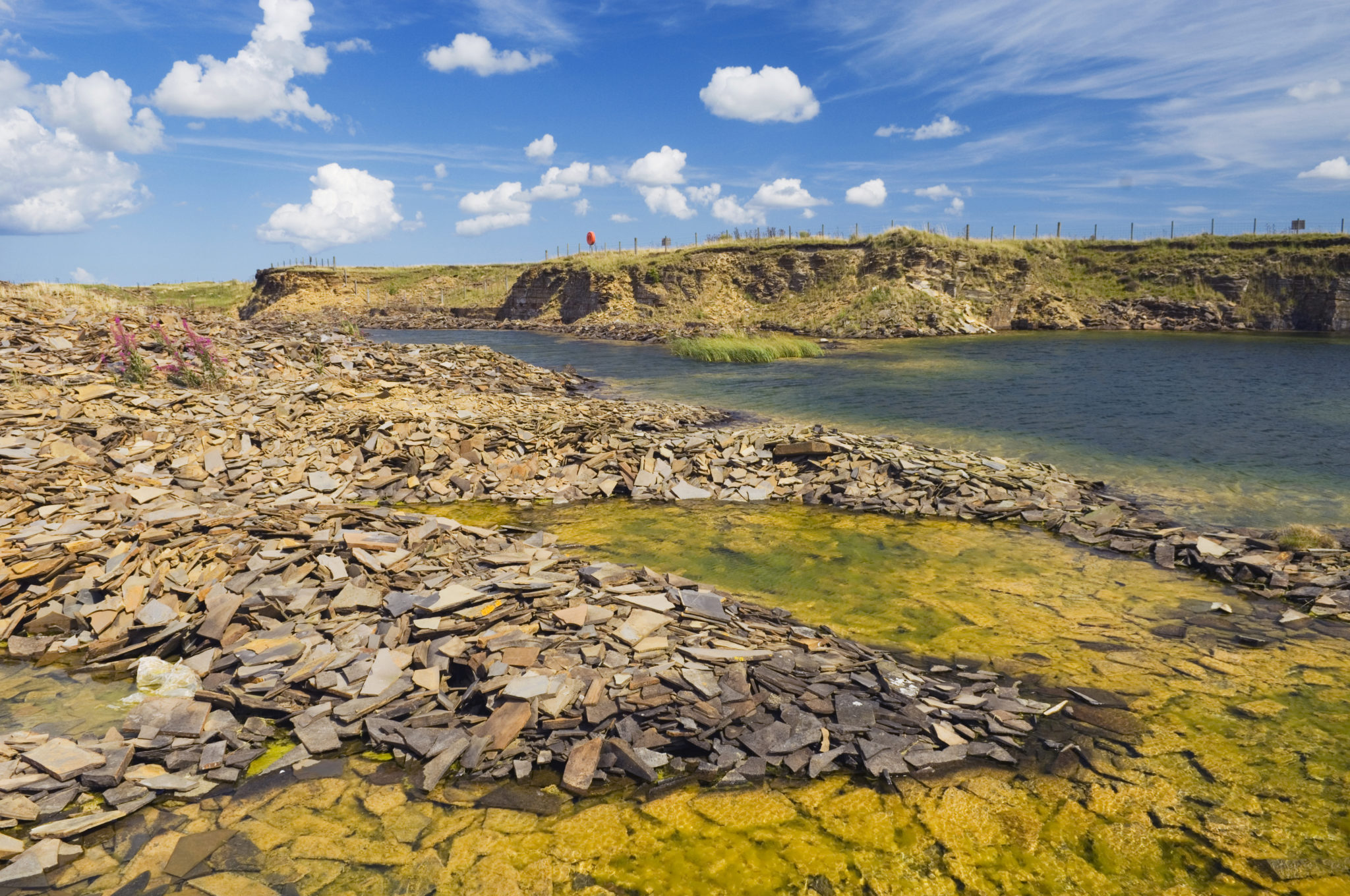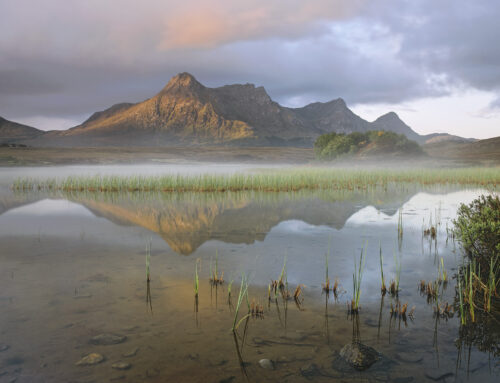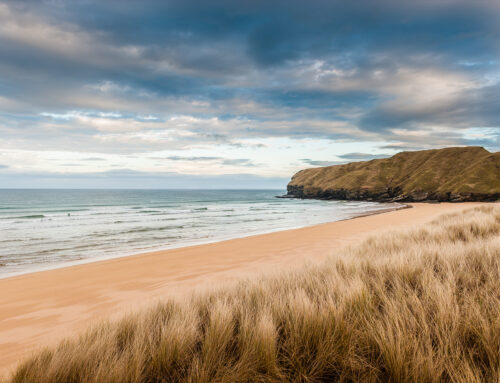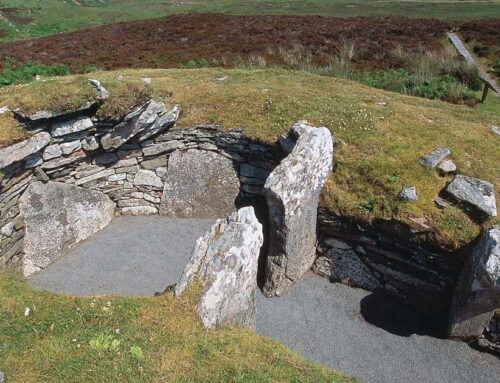Project Description
ACHANARRAS QUARRY
Scotland’s ‘fossil quarry’, one of the most famous fossil sites in the world, offering a unique opportunity to discover and learn about 380-million-year-old fish.
Located on a wind-swept hill in Caithness, Achanarras Quarry is one of the most famous fossil fish sites in the world. Opened as a quarry for roofing ‘slate’ in 1870, the site has yielded thousands of specimens of fossil fish representing at least 15 different species. The quarry has long ceased operation, however, large quantities of spoil, waste rock derived from the quarrying, continue to provide fossil remains.
The fish lived around 380 million years ago during the geological period known as the Devonian. They were an integral part of an ecosystem within a series of large lakes that periodically filled the Orcadian Basin, sometimes extending from Caithness to Shetland. This was long before the existence of the Moray Firth and North Sea when Scotland lay 20° south of the Equator and had a warm and generally dry climate. Mountains lay to the west and south, and rivers drained into the lake system which has been named Lake Orcadie. Fluctuations in the climate gave rise to wetter and dryer periods lasting tens to hundreds of thousands of years. In the wetter periods, the lake system was at its deepest and most extensive, but in dryer times the lake waters retreated to leave a vast surface of sand and mud with suncracks formed by the drying of the sediment.
As the lake-dwelling fish died, or were killed by natural events such as temperature and salinity changes, or algal blooms using all the oxygen in the water, they sunk to the bottom and were preserved in the accumulating sediment. Over millions of years a thick pile of sediment over two kilometres thick gathered in the lake and the sediment was gradually compressed and became rock. The rock layers that are particularly rich in fossils have become known as fish beds. At Achanarras the fish bed is made from a thinly layered, or laminated, limestone that formed when the lake was at its deepest and most extensive. Fossils are found in between the bedding planes in the rock (the horizontal layers) when the layers are split open. One of the most common types of fish fossil to have been found so far is Dipterus, the ancestor of modern lung fish. With the ability to breathe air, it is thought it could survive in the ancient lake environment when oxygen levels in the water were low.
The property of the Achanarras stone to split forming thin sheets of rock was exploited with its use as roofing ‘slate’. Discarded stone was placed in heaps around the quarry providing a source of fossil material. Fossil collecting is permitted provided there is adherence to the best practice outlined in the Scottish Fossil Code. Within the quarry there is a stone-built interpretive shelter and an interpretive timeline trail links the car park and quarry.
Considerations:
Supportive Footwear
Free Limited Parking Spaces
No Facilities
Free Entry







Leave A Comment